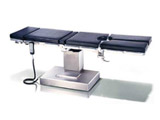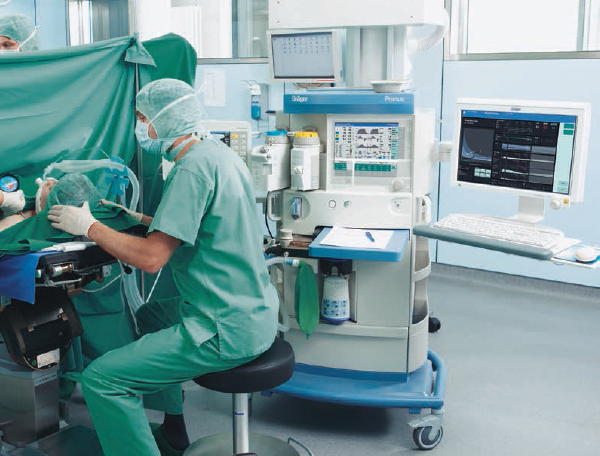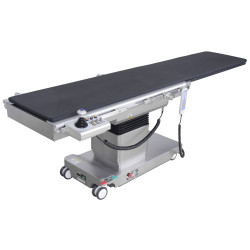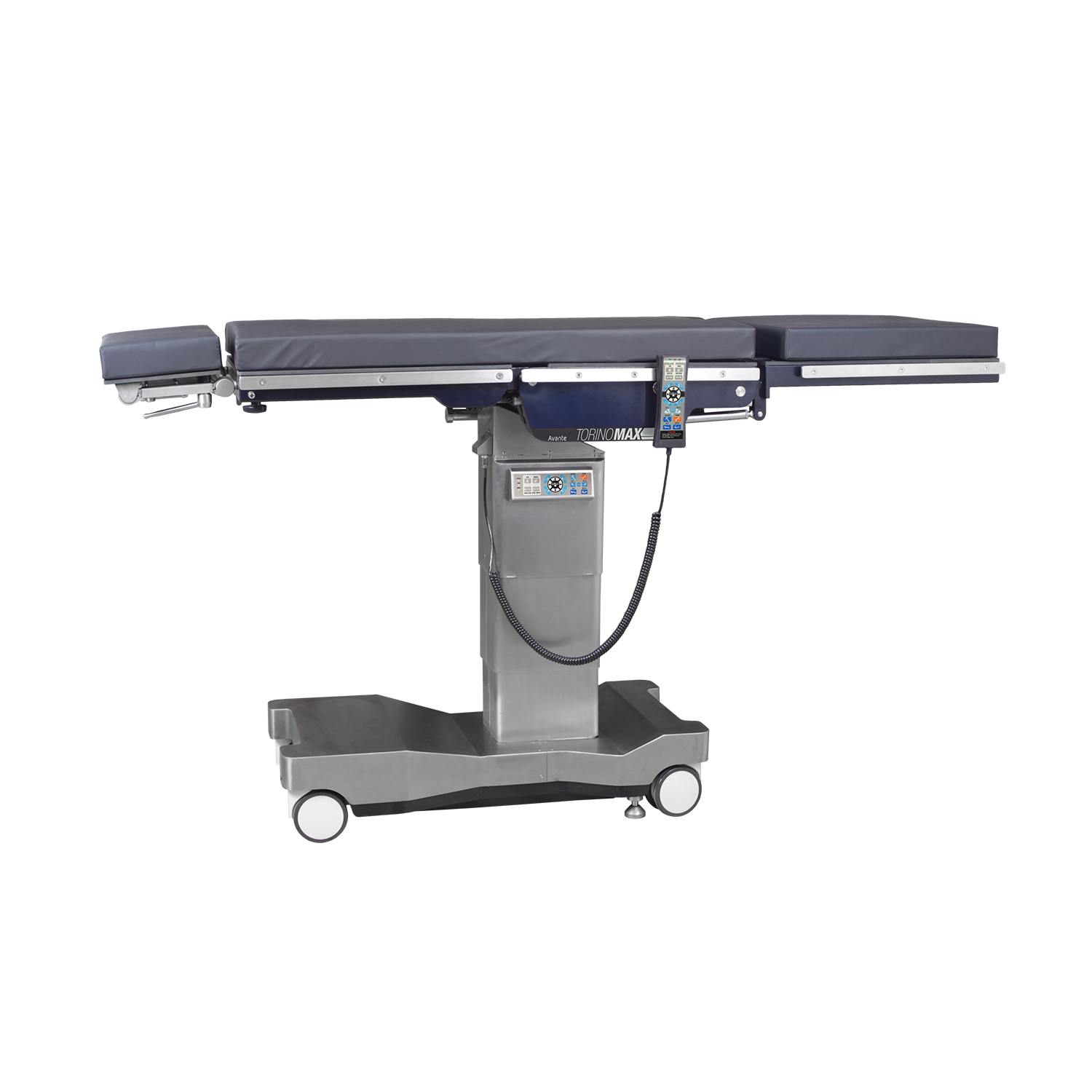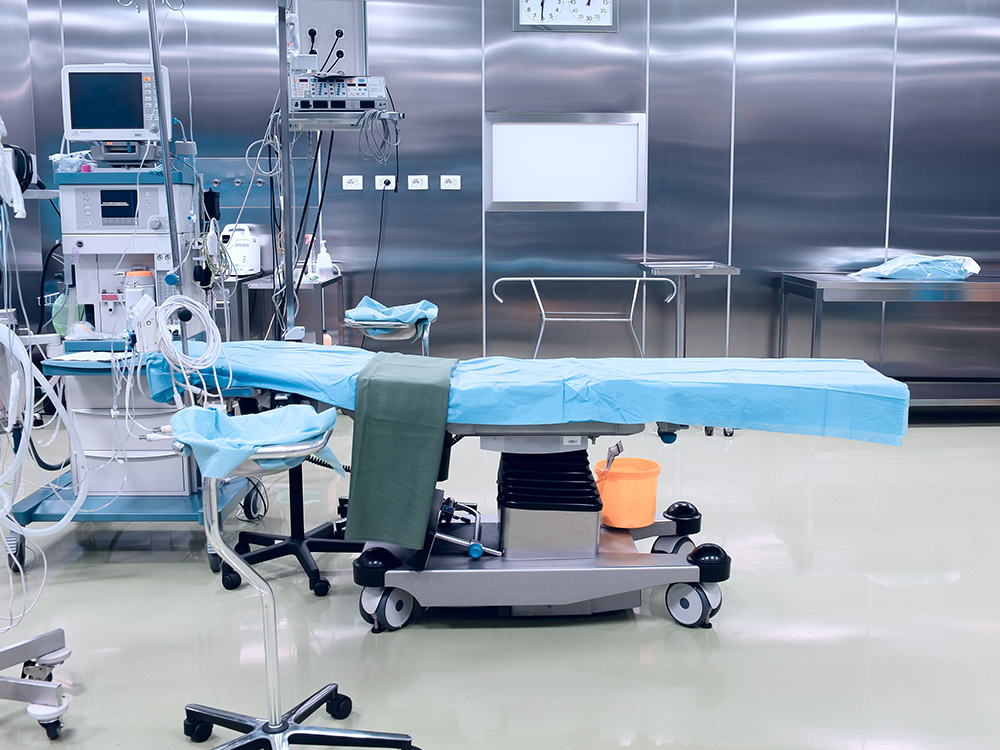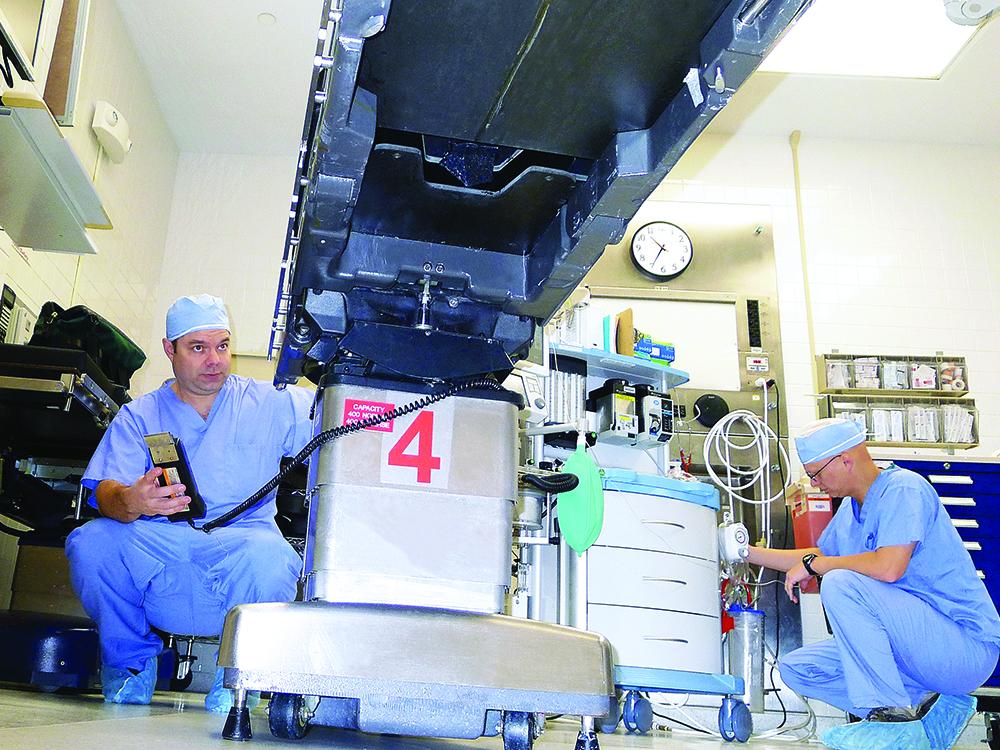How to Choose the Right Surgical Table for Your Practice
July 10, 2018

As one of the most heavily used elements in any operating suite, choosing a new surgical table for your facility requires careful planning and consideration. Before purchasing a surgical table for your practice, you need to find answers for these basic questions:
- What kind of surgical table do you need?
- Does a New surgical table make sense for your facility?
What Kind of Surgical Table Do You Need?
Surgical tables are available in varied configurations for specialized medical procedures. Assess your current workflow to make sure your new table will meet the needs of your patients. Is your imaging suite getting a lot of use? Maybe it’s time to purchase a dedicated C-arm table. It’s also a good idea to keep up with the latest accessibility standard trends for weight limits and height adjustment capabilities.
General Surgery Tables
General surgery tables are the ubiquitous feature of almost every operating suite. They provide clinicians with a steady operating surface, and are versatile enough to be used in a wide range of surgical procedures. Today’s general surgery tables usually feature electronic movements including height adjustment, Trendelenburg, lateral tilt, and slide, but some models feature basic manual operation and limited features.
Bariatric Surgery Tables
Bariatric surgery tables feature a higher weight capacity than traditional operating room tables. Most bariatric tables feature a maximum weight capacity of 1,000 pounds or higher, with full table articulation available at high weight limits.
The National Center for Health Statistics tracked the prevalence of obesity of adults in the United States to be 39.8 percent from 2015 to 2016. Maintaining accessibility protocols and choosing a bariatric surgical table could help your facility better serve all patient populations.
Orthopedic Surgery Tables
Orthopedic surgery tables offer expanded positioning capabilities for operative access to the knees, shoulders, hips, spine, wrists, ankles and more. At the higher end of the surgical table price range, orthopedic surgery tables are highly specialized. A cost-effective alternative to purchasing a full orthopedic surgery table would be to use surgical table accessories to convert a general surgery table for specialized procedures on a case by case basis.
C-Arm and Fluoroscopy Tables
C-Arm and fluoroscopy tables provide clinicians with precise, flexible movement and feature a sleek design to function with C-arms and other imaging systems. Most imaging tables feature a solid carbon fiber top with longitudinal and lateral travel and tilt in addition to height adjustment. Some c-arm tables feature what is referred to as a “floating top,” allowing clinicians freedom of movement to efficiently position their patients. C-arm and fluoroscopy tables are becoming increasingly more popular as more facilities opt for in-house imaging services.
Does a New Surgical Table Make Sense for Your Facility?
While the decreased price point of a previously owned surgery table is certainly its strongest selling point, it isn’t the only benefit. Opting for a New surgery table allows you to purchase a like-new model that has functionality similar to your old table, which can help to cut down on training time. Instead of learning the latest surgical table technology, they can focus on what’s really important — helping patients.
When researching New surgical tables, it’s important to know that all tables and manufacturers aren’t necessarily comparable in terms of quality. Any New medical device is only as good as the company who completes the refurbishing process. To be sure you’re choosing a reputable refurbishing company, make sure they have the necessary experience, inventory, and refurbishment process to guarantee a quality product.
